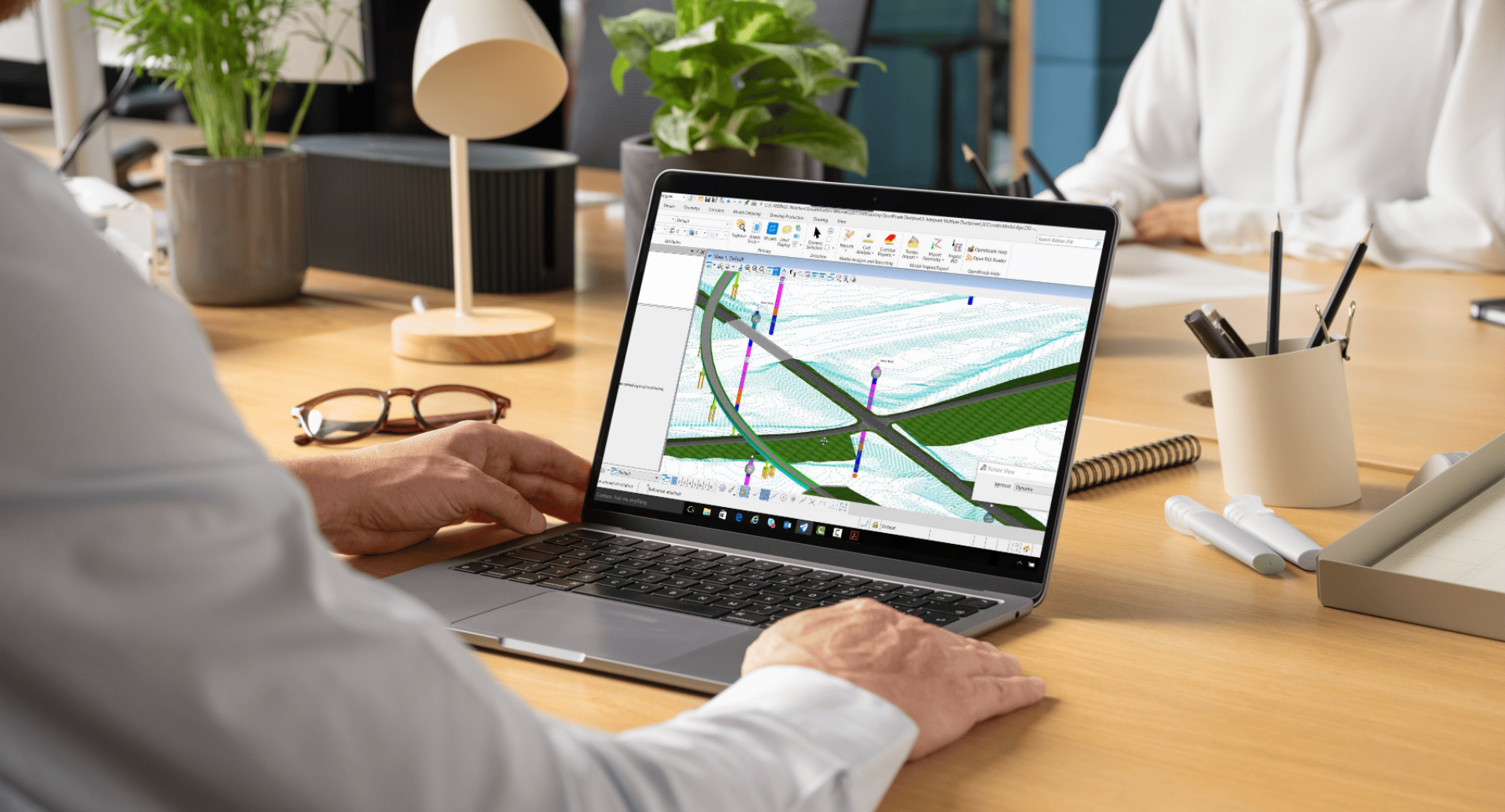August 15, 2025
Eric Schluter, Director of Design Services

If your team uses OpenRoads Designer, you’re in good company. It’s become the standard across civil and transportation design firms, especially those working with DOTs. But here’s the catch: just because you’re using ORD doesn’t mean you’re getting the full value from it.
Over the years, I’ve worked with dozens of firms—many of them seasoned ORD users—and I’ve seen the same issues pop up time and again. Teams rely on outdated workflows, ignore key features, or wrestle with poorly configured environments that hold them back.
The result? Frustration, inefficiencies, and missed opportunities to streamline production and improve deliverables.
If that sounds familiar, you’re not alone. Here are five signs your team might be underutilizing OpenRoads Designer—and what to do about it.
ORD is built for 3D modeling—terrain, corridors, drainage, and more. Yet many teams default to their old 2D MicroStation workflows out of habit or a lack of training.
What this looks like:
- Manually drafting profiles instead ofusing dynamic 3D corridor modeling
- Not utilizing Rules based updates
- Not utilizing parametric modeling
Why it matters:
By not embracing 3D, you're missing out on automation, accuracy, and model-based deliverables that streamline both design and construction.
ORD relies heavily on templates and feature definitions to automate design elements, generate quantities, and control symbology. If those aren’t set up correctly—or worse, if you're not using them at all—you’re setting your team up for rework and inconsistency.
What this looks like:
- Templates that don’t match project specs
- Feature definitions missing or producing strange symbology
- Inconsistent labeling, levels, and annotation across sheets
Why it matters:
A solid template library can automate half of your design work. Without it, you're reinventing the wheel for every project.
If your team constantly complains that “OpenRoads is broken” or “it’s just not working right,” there may be deeper configuration or IT issues at play—not necessarily a software problem.
What this looks like:
- Frequent crashes or freezing
- Long load times for files with terrain models or references
- Issues syncing files or accessing resources across the network
Why it matters:
ORD is powerful but resource-intensive.If your system isn’t configured to support it—whether that’s your IT infrastructure, workspace setup, or version management—performance will suffer.
Annotation in ORD can be automated—labels, dimensions, elevations, stationing—if your configuration is dialed in. But too many teams are still clicking away manually because they don't trust the automation or haven't configured annotation groups properly.
What this looks like:
- Copy-pasting labels across sheets
- Calculating and manually typing elevations or station & offsets
- Re-labeling each sheet after minor changes
Why it matters:
Manual annotation is tedious, error-prone, and inefficient. ORD’s annotation groups and drawing production tools can automate labeling across hundreds of sheets—and update them dynamically when the design changes.
A high-performing team doesn’t just use ORD—they understand it. If you rely on one or two “power-users” to handle everything, or worse, no one really knows how it works under the hood, you’re in trouble.
What this looks like:
- Teams waiting on one person to fix all ORD issues
- No internal documentation or standards
- New hires thrown into projects without proper onboarding
Why it matters:
Sustainable success with OpenRoads comes from building internal capacity—standardized workspaces, training programs, documentation, and cross-trained staff.
Recognize any of the signs above? You’re not alone and you’re not stuck.
The good news is that OpenRoads Designer *can* be an incredibly powerful platform, but it has to be set up right. That means taking time to clean up your configurations, train your staff, and document your workflows.
If you need support, there are partners (like our team at 5 Factor) who live and breathe this stuff and can get you back on track and saving money because lost time = money.
Eric Schluter is a Bentley Systems expert with 25+ years in civil engineering and CADD development. He’s led CADD deployments for firms across the country and specializes in OpenRoads Designer configuration, training, and standards development.